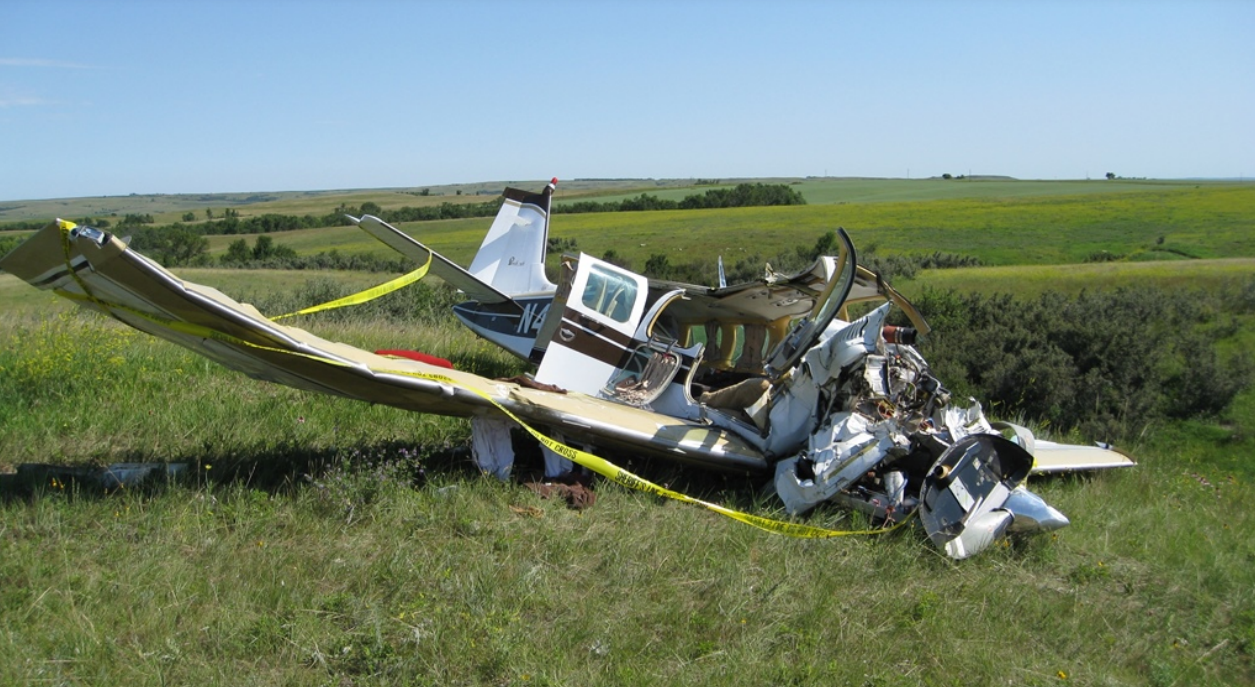
ASN Wikibase Occurrence # 137714
This information is added by users of ASN. Neither ASN nor the Flight Safety Foundation are responsible for the completeness or correctness of this information.
If you feel this information is incomplete or incorrect, you can submit corrected information.
| Date: | Monday 25 July 2011 |
| Time: | 20:36 |
| Type: |  Beechcraft A36 Bonanza |
| Owner/operator: | Bonanza Air Inc |
| Registration: | N41MK |
| MSN: | E-662 |
| Year of manufacture: | 1975 |
| Total airframe hrs: | 6172 hours |
| Engine model: | Continental IO-550-C |
| Fatalities: | Fatalities: 1 / Occupants: 2 |
| Aircraft damage: | Substantial |
| Category: | Accident |
| Location: | Williston, ND -
 United States of America United States of America
|
| Phase: | En route |
| Nature: | Private |
| Departure airport: | Williston Basin International Airport, ND (ISN) |
| Williston Basin International Airport, ND (ISN) | |
| Investigating agency: | NTSB |
| Confidence Rating: |
The passenger reported that the purpose of the local flight was to take low-altitude aerial photographs of nearby ground structures and that, shortly before the accident, the pilot remarked that the engine was not operating normally and asked him to look for a suitable landing area. He believed that the engine was still running at that time. The pilot located an open landing area and was in the process of landing when the right wing collided with terrain. During the postaccident examination, about 18 gallons of usable fuel was recovered from the left wing fuel tank, and no usable fuel was recovered from the right wing fuel tank. The observed damage to the propeller blades was indicative of the engine producing at least idle power at the time of the accident. A postaccident examination of the airplane revealed no evidence of mechanical malfunctions or failures that would have precluded normal operation. Additionally, the engine demonstrated the ability to produce rated horsepower during an operational test run. A review of fueling records and recorded engine data from previous flights established that the partial loss of engine power was likely due to fuel starvation and not from a mechanical malfunction of the engine. Although the fuel selector was found positioned to draw fuel from the left wing fuel tank, it is likely that the pilot repositioned the selector from the right wing fuel tank when he detected the engine problem. Because he was maneuvering at a low altitude, the airplane likely had insufficient altitude and time to reestablish fuel flow and restore engine power.
Probable Cause: The pilot's improper fuel management, which resulted in fuel starvation and a partial loss of engine power while maneuvering at a low altitude.
Accident investigation:
 |
|
Sources:
NTSB
Location
Images:


Photos: NTSB
Revision history:
| Date/time | Contributor | Updates |
|---|---|---|
| 26-Jul-2011 09:20 | gerard57 | Added |
| 26-Jul-2011 09:24 | harro | Updated [Aircraft type, Registration, Cn, Operator, Location, Source, Narrative] |
| 21-Dec-2016 19:26 | ASN Update Bot | Updated [Time, Damage, Category, Investigating agency] |
| 27-Nov-2017 16:58 | ASN Update Bot | Updated [Operator, Departure airport, Destination airport, Source, Narrative] |
| 10-Apr-2022 22:58 | Captain Adam | Updated [Operator, Other fatalities, Location, Departure airport, Destination airport, Narrative, Photo] |
| 10-Apr-2022 22:58 | Captain Adam | Updated [Photo] |
Corrections or additions? ... Edit this accident description
The Aviation Safety Network is an exclusive service provided by:


 ©2024 Flight Safety Foundation
©2024 Flight Safety Foundation